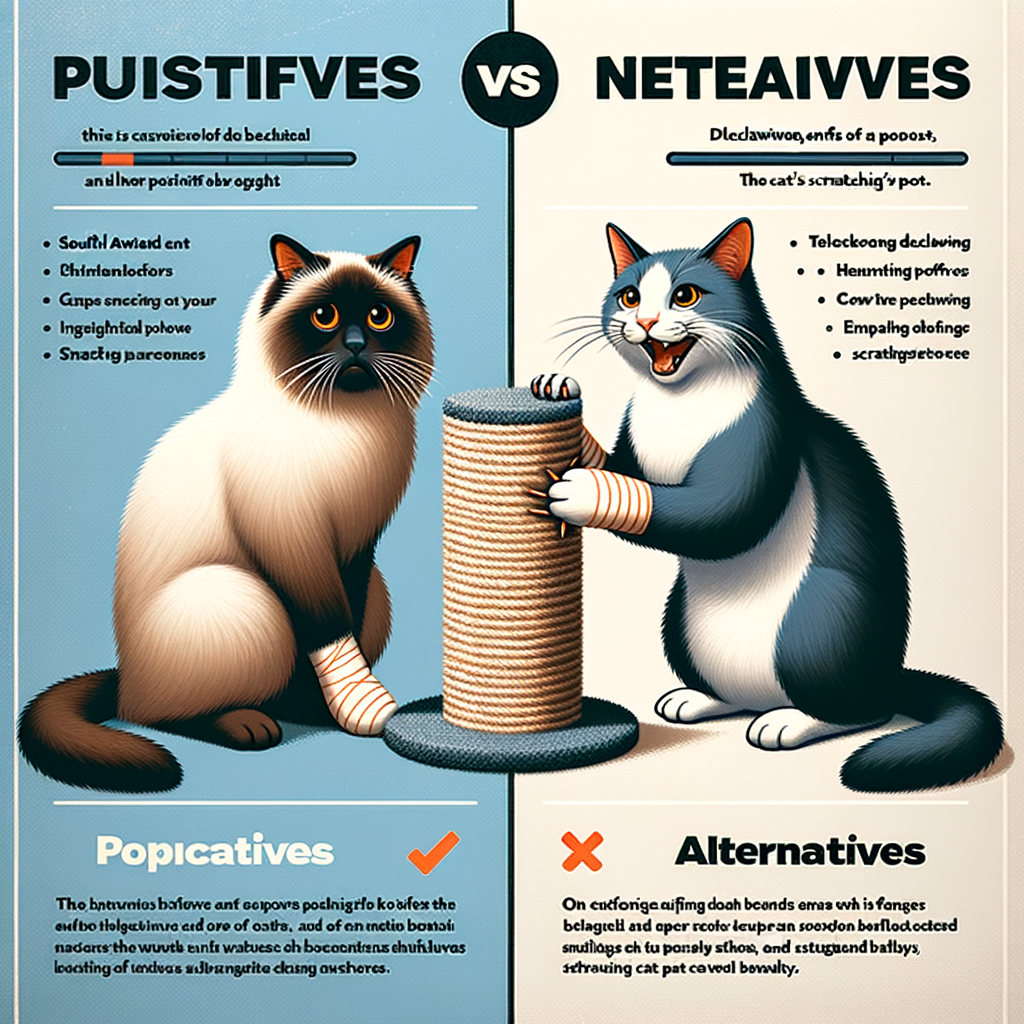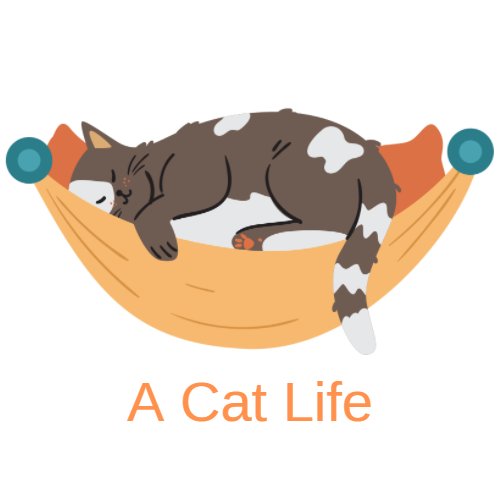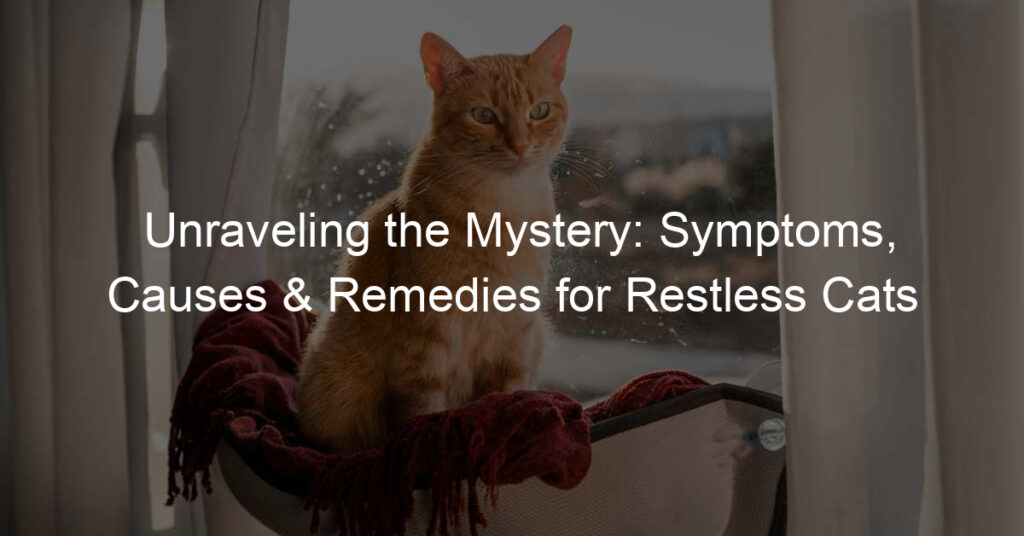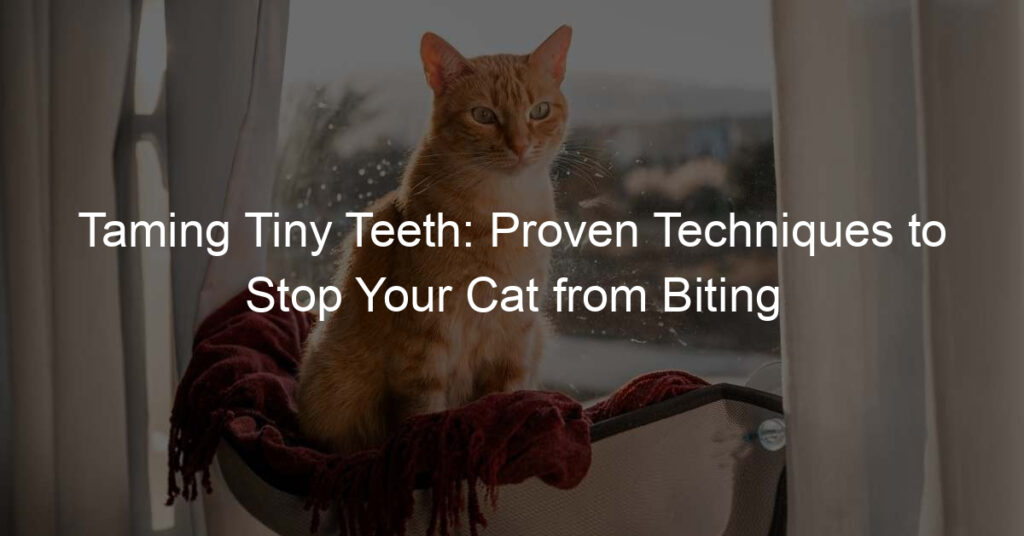
Introduction to Cat Declawing
When it comes to our feline friends, there are many aspects of their care that we need to consider. One of these is the topic of declawing. This procedure, while common in some parts of the world, is a subject of much debate among cat owners and animal welfare advocates. Let’s delve into what declawing entails and its historical context.
- Understanding the process of declawing
- Historical perspective on declawing
Declawing, also known as onychectomy, is a surgical procedure that involves the removal of a cat’s claws. This is not a simple nail trim. It’s akin to amputating a human finger at the last knuckle. The procedure is usually performed on the front paws, but in some cases, it can also be done on the back paws. It’s important to note that declawing is not a harmless procedure. It can lead to physical complications and behavioral changes in cats.
Declawing cats is not a new practice. It has been around for several decades. In the mid-20th century, as more cats were kept indoors, declawing became a popular procedure in the United States to prevent furniture damage. However, over time, the practice has come under scrutiny. Many countries, including most of Europe, Australia, and parts of Canada, have banned or severely restricted the procedure due to animal welfare concerns. Despite this, declawing remains legal and relatively common in some parts of the world, including many states in the U.S.
As we move forward, we’ll delve deeper into the controversy surrounding cat declawing, its effects, and the pros and cons. We’ll also explore alternatives to declawing and provide tips on how to care for your cat in a way that respects their natural behaviors and needs.
The Cat Declawing Controversy
The topic of cat declawing has been a subject of intense debate for many years. This controversy revolves around the ethical, medical, and legal aspects of the procedure. Let’s delve into these aspects to understand the issue better.
- Overview of the Controversy Surrounding Declawing
Declawing, also known as onychectomy, is a surgical procedure that involves the removal of a cat’s claws. While some see it as a necessary measure for preventing damage to furniture or injury to people, others view it as a cruel and unnecessary practice. The controversy stems from the fact that declawing is not a simple nail trim but a procedure that removes the last bone of each of the cat’s toes. This can lead to a variety of health and behavioral issues in cats, including pain, infection, and an increased likelihood of biting.
- Public Opinion on Declawing
Public opinion on cat declawing is divided. According to a survey conducted by the American Pet Products Association, about 55% of cat owners believe declawing is humane, while the remaining 45% consider it inhumane. Many people who support declawing do so because they believe it prevents cats from scratching furniture or people. On the other hand, those who oppose it argue that it causes unnecessary pain and suffering to the cat, and alternatives such as scratching posts and nail caps should be used instead.
- Legal Aspects of Declawing
Legally, the issue of cat declawing is complex and varies from place to place. In some countries, like the United Kingdom and Australia, declawing is outright banned unless it’s necessary for the cat’s health. In the United States, the legality of declawing varies by state and city. For example, it’s illegal in cities like Los Angeles and San Francisco, but not in other parts of the country. There is a growing trend towards banning the procedure, with many animal welfare organizations advocating for legislation to prohibit it.
In conclusion, the controversy surrounding cat declawing is a complex issue with strong arguments on both sides. It’s important for cat owners to educate themselves about the procedure and its potential impacts before making a decision.
Effects of Cat Declawing
Declawing a cat is a significant procedure that can have both immediate and long-term effects on your feline friend. It’s essential to understand these effects before making a decision about declawing.
Physical Effects
Declawing is not a simple nail trim. It involves the surgical removal of the last bone of each toe. This procedure can have both immediate and long-term physical effects on a cat.
- Immediate physical effects of declawing
- Long-term physical effects of declawing
Immediately after declawing, your cat will likely experience pain and discomfort. They may have difficulty walking and may be at risk of infection. Some cats may even refuse to use their litter box because the sand irritates their sensitive paws.
In the long term, declawing can lead to a range of physical problems. Some cats develop an abnormal gait or balance issues because they can no longer use their claws for stability. They may also suffer from chronic pain, especially if the surgery was not performed correctly. In some cases, the claw can regrow inside the paw, causing severe pain and requiring additional surgery.
It’s important to remember that every cat is unique, and the effects of declawing can vary. However, the potential for physical harm is significant and should be carefully considered.
Next, we will discuss the behavioral effects of declawing, which can also have a significant impact on your cat’s quality of life.
Behavioral Effects
Declawing a cat can lead to significant changes in their behavior. It’s important to understand these potential changes before making a decision about declawing.
- Changes in Cat Behavior Post-Declawing
- Case Studies on Behavioral Effects
After a cat is declawed, you might notice some changes in their behavior. These changes can be temporary or permanent, depending on the cat and the circumstances.
One of the most common behavioral changes is an increase in aggression. This is because cats use their claws as a form of self-defense. When they lose their claws, they may feel vulnerable and resort to biting as a way to protect themselves.
Another common behavioral change is a decrease in playfulness. Cats often use their claws when they play, and without them, they may lose interest in their favorite games.
Finally, some cats may become more withdrawn or anxious after being declawed. This is likely due to the pain and discomfort they experience during the healing process.
Several case studies have been conducted to understand the behavioral effects of declawing on cats. Let’s take a look at some of the findings.
| Study | Findings |
|---|---|
| Study 1: The Impact of Declawing on Cat Behavior | This study found that 33% of declawed cats developed at least one new behavior problem after the procedure, such as biting or litter box avoidance. |
| Study 2: Declawing and Its Effects on Cat Behavior | This study found that declawed cats were seven times more likely to urinate in inappropriate places than cats who were not declawed. |
| Study 3: Behavioral Changes in Cats Following Declawing | This study found that 50% of declawed cats showed an increase in aggression, while 25% showed a decrease in playfulness. |
These studies clearly show that declawing can have a significant impact on a cat’s behavior. It’s crucial to consider these potential changes before making a decision about declawing.
Pros and Cons of Declawing
When it comes to declawing, there are both advantages and disadvantages to consider. Let’s delve into both sides to provide a balanced view on this topic.
- Advantages of Declawing
- Disadvantages of Declawing
- Key Takeaways on the Pros and Cons of Declawing
One of the main reasons people choose to declaw their cats is to prevent damage to furniture, carpets, and other household items. Cats naturally scratch to mark their territory, exercise, and keep their claws sharp. By declawing, this behavior is eliminated, potentially saving homeowners from costly repairs or replacements.
Another advantage is the reduction of potential harm to humans, especially young children or the elderly, who may not be able to defend themselves against a cat’s sharp claws. This can be particularly beneficial in households where the cat may be aggressive or overly playful.
On the other hand, declawing is a surgical procedure that involves the removal of the cat’s claws, which can lead to a number of health and behavioral issues. Post-surgery, cats may experience pain and discomfort, which can lead to changes in their behavior such as increased aggression or avoidance of the litter box due to pain.
Furthermore, declawing removes a cat’s primary defense mechanism. This can be particularly problematic for cats that spend time outdoors, as they may be unable to protect themselves against threats.
While declawing can prevent damage to household items and reduce potential harm to humans, it’s important to consider the potential health and behavioral issues it can cause for the cat. Declawing is a significant procedure that can have lasting effects on a cat’s quality of life. Therefore, it’s essential to weigh these pros and cons carefully before making a decision.
In conclusion, the decision to declaw a cat should not be taken lightly. It’s important to consider both the benefits and drawbacks, and to explore alternatives to declawing that can satisfy both the needs of the cat and the owner.
Alternatives to Declawing
There are several alternatives to declawing that can help protect your furniture without causing harm to your cat. One of the most effective solutions is the use of cat scratching posts.
Cat Scratching Solutions
Let’s delve into the world of cat scratching posts and understand their benefits and how they compare to declawing.
- Introduction to cat scratching posts
- Benefits of scratching posts
- Declawing vs scratching posts
Cat scratching posts are specially designed structures that cater to your cat’s natural instinct to scratch. They come in various shapes, sizes, and materials, providing a safe and acceptable outlet for your cat’s scratching behavior. They can be free-standing, hang on a doorknob, or even be part of a larger cat tree.
Scratching posts offer numerous benefits. Firstly, they satisfy your cat’s natural urge to scratch, helping to keep their claws sharp and healthy. Secondly, they provide physical exercise and mental stimulation, contributing to your cat’s overall well-being. Lastly, they help protect your furniture, as your cat is more likely to scratch the post than your beloved sofa or rug.
While declawing may seem like a quick fix to protect your furniture, it’s a painful procedure that can lead to long-term health issues for your cat. On the other hand, scratching posts provide a humane and effective solution. They not only protect your furniture but also contribute to your cat’s health and happiness.
In conclusion, cat scratching posts are an excellent alternative to declawing. They respect your cat’s natural behavior, promote their well-being, and protect your furniture. It’s a win-win solution for both you and your feline friend.
Other Alternatives
While scratching posts are a popular alternative to declawing, there are other options available that can help manage your cat’s scratching behavior. Let’s explore some of these alternatives.
- Soft Paws Nail Caps
- Behavioral Training
- Furniture Protection
Soft Paws are vinyl nail caps that you can glue onto your cat’s claws. They’re safe, affordable, and easy to apply. These caps cover the claws, making them unable to cause any damage when scratching. They come in different sizes and colors, so you can even give your cat a little manicure! Remember, Soft Paws don’t interfere with the normal extension and retraction of your cat’s claws, so your furry friend can still enjoy a good stretch and scratch, but without damaging your furniture.
Training your cat to use a scratching post instead of your furniture can be a time-consuming process, but it’s definitely worth the effort. Start by placing the scratching post near the area where your cat usually scratches. Encourage them to use the post by rewarding them with treats or praise when they do. You can also use catnip to make the post more appealing. Remember, patience is key when it comes to behavioral training.
Another alternative is to protect your furniture from your cat’s claws. There are many products available, such as furniture covers and protective tape, that can deter your cat from scratching. These products are designed to be unappealing to your cat’s paws, discouraging them from scratching. This method can be particularly useful if your cat has a favorite piece of furniture they like to scratch.
Each of these alternatives has its own pros and cons, and what works best will depend on your cat’s personality and habits. It’s important to remember that scratching is a natural behavior for cats, and our goal should be to manage this behavior in a way that keeps both our cats and our furniture safe.
Cat Care Tips
As a cat owner, it’s crucial to understand the best ways to care for your feline friend. Here are some essential tips to keep your cat healthy and happy.
- Importance of Regular Vet Check-ups
Just like humans, cats also need regular check-ups to ensure they are in good health. Regular vet visits can help identify potential health issues early, making them easier to treat. According to the American Veterinary Medical Association, adult cats should have at least one vet check-up per year, while kittens and senior cats may need more frequent visits. During these check-ups, your vet will examine your cat’s overall health, administer necessary vaccinations, and provide advice on any concerns you may have.
- Nutrition and Exercise
Proper nutrition and regular exercise are vital for your cat’s health. Cats require a balanced diet that includes proteins, fats, and carbohydrates. Always ensure that your cat has access to fresh water. Exercise is also crucial to keep your cat’s weight in check and to prevent obesity, which can lead to other health problems. Engage your cat in play activities that mimic hunting, like chasing toys or laser pointers, to keep them active and entertained.
- Understanding Cat Behavior
Understanding your cat’s behavior can help you provide better care for them. Cats communicate through a variety of ways, including body language, vocalization, and behavior. For example, a cat that is constantly scratching furniture may be trying to mark its territory or may need a scratching post. A cat that is hiding or avoiding social interaction may be stressed or unwell. If you notice any sudden changes in your cat’s behavior, it’s important to consult with a vet to rule out any potential health issues.
In conclusion, taking care of a cat involves regular vet check-ups, providing proper nutrition and exercise, and understanding their behavior. By following these tips, you can ensure that your cat lives a long, healthy, and happy life.
Conclusion: Making the Right Choice for Your Cat
As we reach the end of our discussion on cat declawing, it’s important to revisit the controversy surrounding this practice and consider the best options for your feline friend. Remember, the decision you make will significantly impact your cat’s life.
- Revisiting the declawing controversy
- Choosing the best option for your cat
The debate around cat declawing is a heated one. On one side, some believe it’s a necessary procedure to prevent furniture damage or injuries to humans. On the other hand, many argue that declawing can lead to severe physical and psychological issues for cats, including pain, behavioral changes, and an increased risk of injury. According to a study by the American Veterinary Medical Association, declawed cats are more likely to bite and have litter box issues.
When deciding on the best course of action for your cat, consider their health, well-being, and quality of life. Declawing should be a last resort, only considered when all other alternatives have been exhausted. There are numerous alternatives to declawing, such as regular nail trims, providing scratching posts, and using soft nail caps. Remember, your cat’s welfare should always be your top priority.
In conclusion, the decision to declaw your cat is a significant one that requires careful consideration. It’s essential to understand the potential risks and benefits, and to explore all available alternatives. Your cat is a part of your family, and their health and happiness should be a top priority. Make the choice that is in their best interest.








